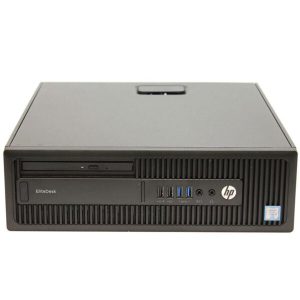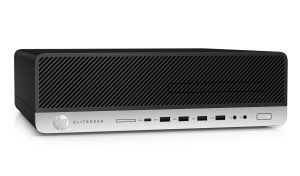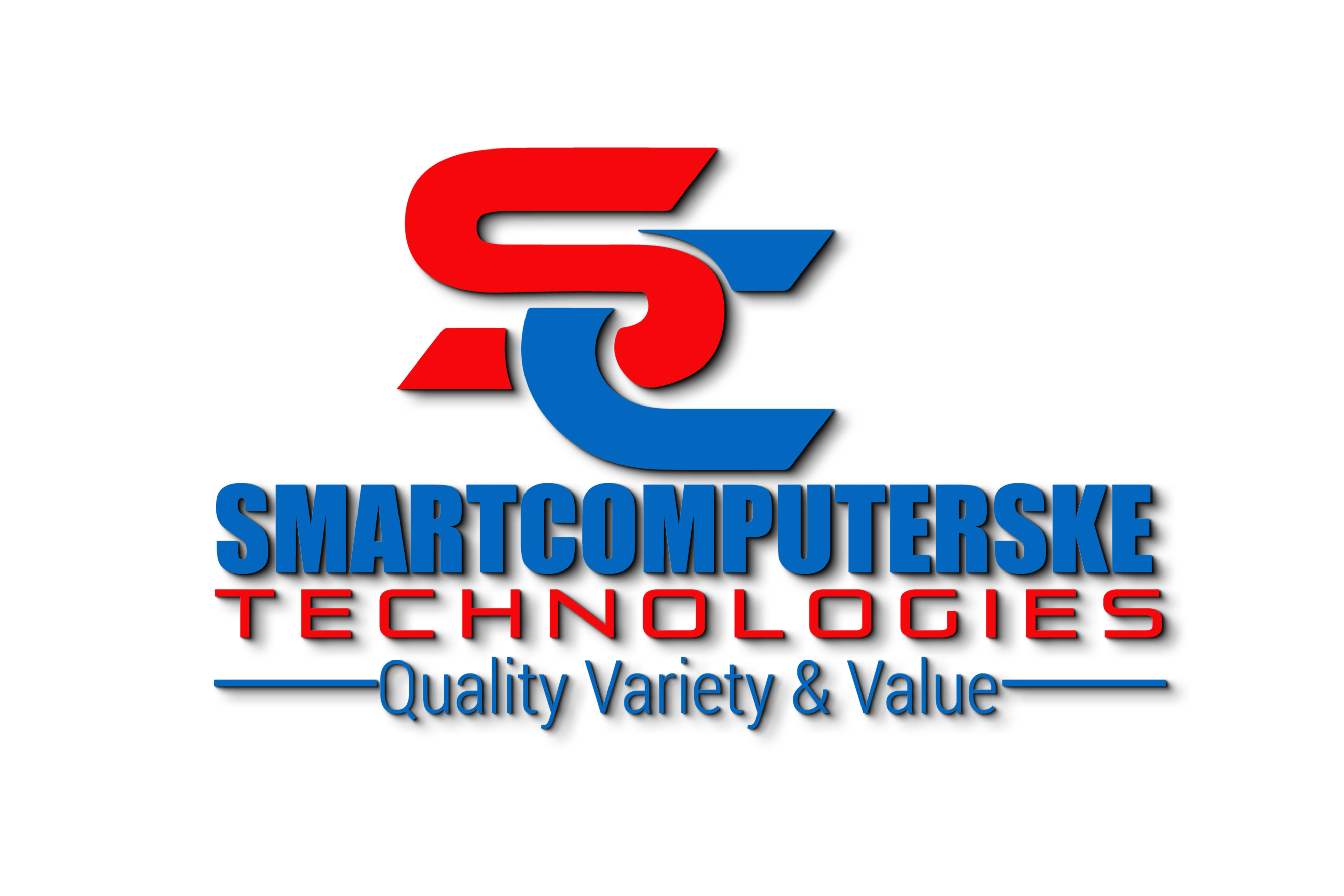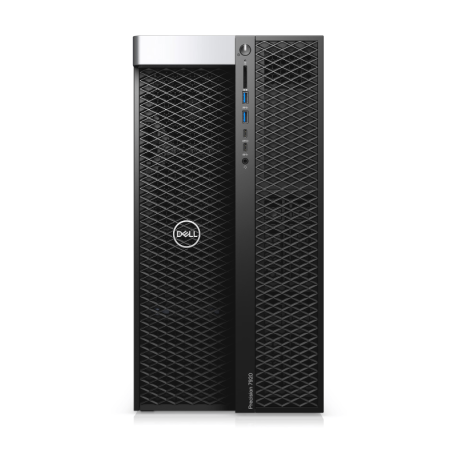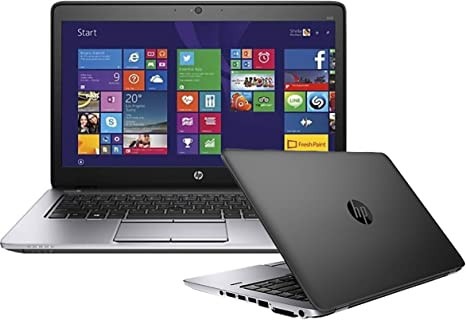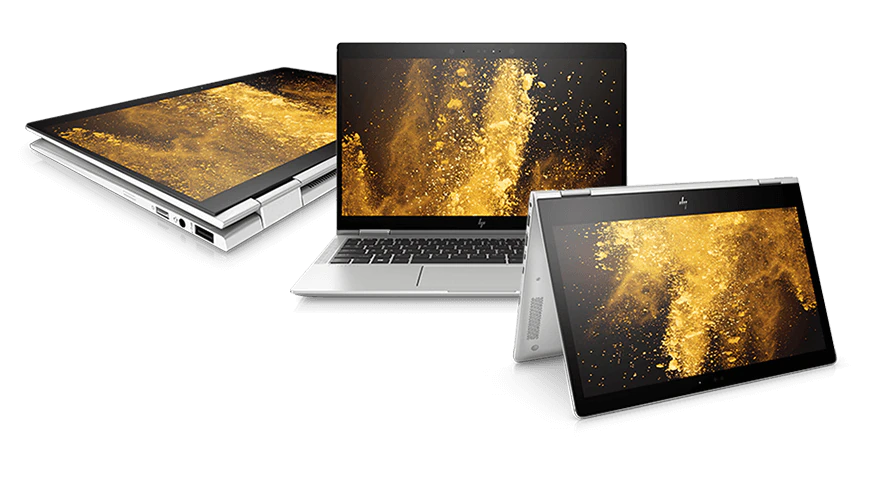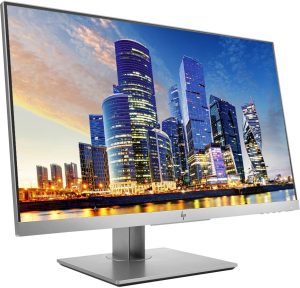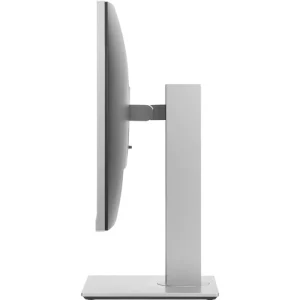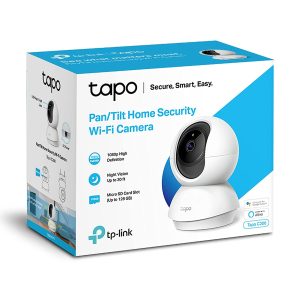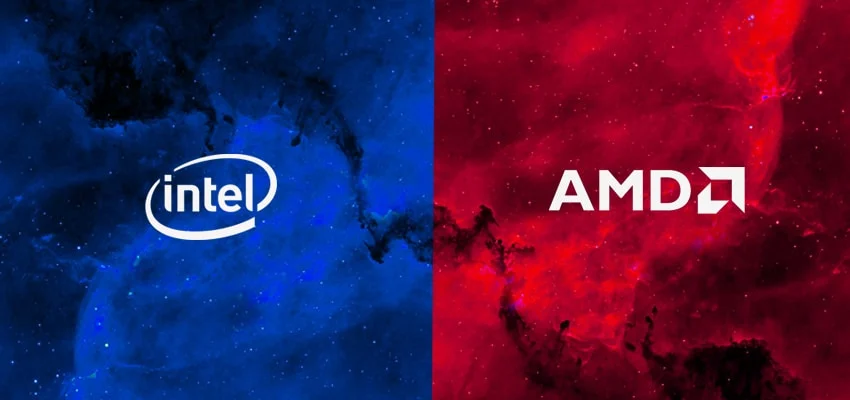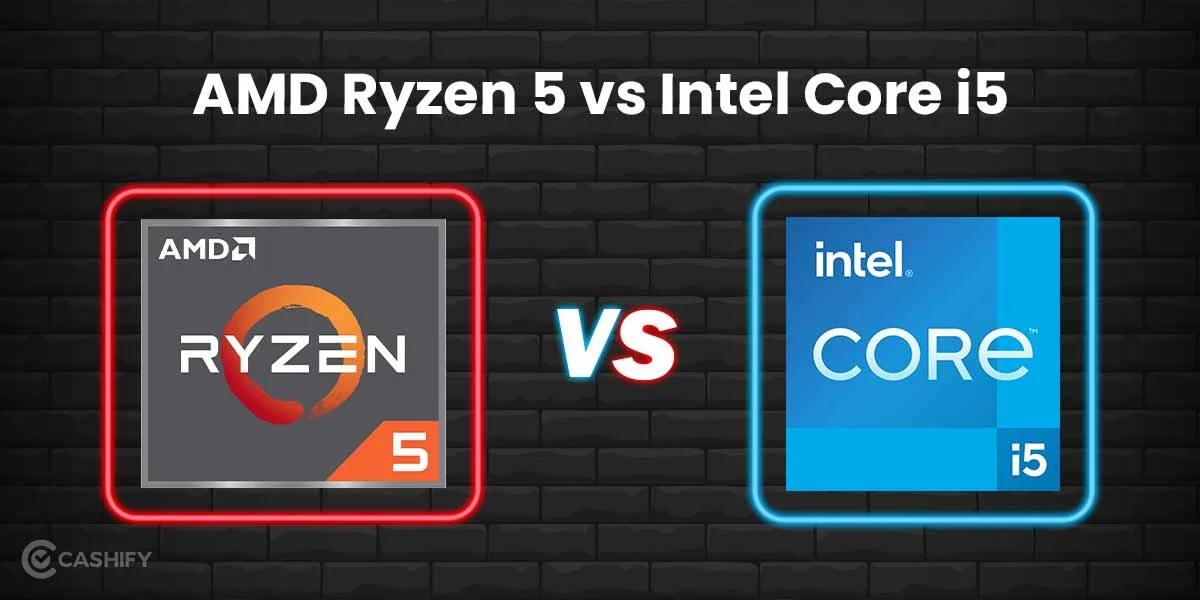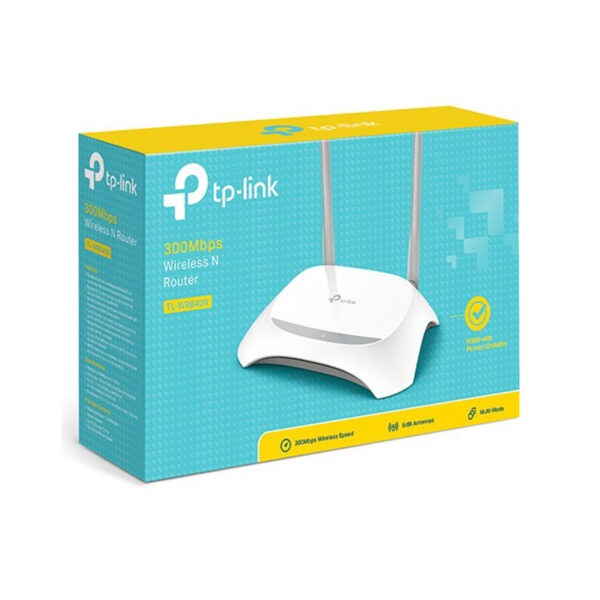Difference between Elitedesk and Prodesk CPU
EliteDesk and ProDesk are two lines of desktop computers produced by HP (Hewlett-Packard). Both lines offer a range of options for businesses and professionals, including various processors, storage and memory configurations, and optional features like graphics cards and display options.
One key difference between the two lines is that the EliteDesk is generally considered to be a higher-end option, with more powerful hardware and a more premium design. The ProDesk, on the other hand, is a more budget-friendly option that still offers strong performance and reliability.
In terms of processors, the EliteDesk line offers a range of options, including Intel Core i3, i5, and i7 processors, as well as AMD Ryzen processors. These processors are designed for high performance and can handle tasks like video editing and 3D rendering with ease. The ProDesk line also offers a range of processors, including Intel Core i3 and i5 processors, as well as AMD Ryzen processors. These processors are still powerful, but may not be as well-suited for demanding tasks as the processors found in the EliteDesk line.
Both the EliteDesk and ProDesk lines offer a range of storage and memory options. The EliteDesk line typically offers more options, including larger hard drive and solid-state drive capacities, as well as more memory options. The ProDesk line typically offers less storage and memory options, but still offers enough to meet the needs of most users.
In terms of optional features, the EliteDesk line often offers more options, including higher-end graphics cards and display options. The ProDesk line may not offer as many options in these areas, but still offers solid options for most users.
Overall, the main difference between the EliteDesk and ProDesk lines is that the EliteDesk is generally considered to be a higher-end option, with more powerful hardware and more premium features, while the ProDesk is a more budget-friendly option that still offers strong performance and reliability. So, it depends on the needs and budget of the buyer as to which line is the better fit.
